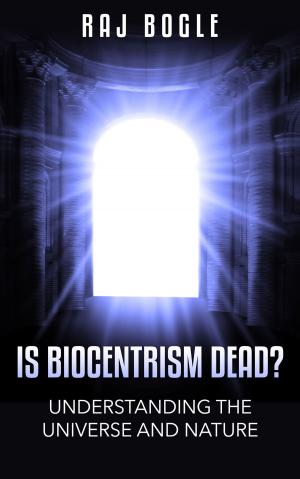Serial Killers True Crime: Cold Blooded Terrifying Serial Killers From Around The World
Nonfiction, Social & Cultural Studies, Social Science, Crimes & Criminals, Murder, True Crime| Author: | Damien Rollins | ISBN: | 9781301486533 |
| Publisher: | Pamphlet Book | Publication: | June 8, 2013 |
| Imprint: | Smashwords Edition | Language: | English |
| Author: | Damien Rollins |
| ISBN: | 9781301486533 |
| Publisher: | Pamphlet Book |
| Publication: | June 8, 2013 |
| Imprint: | Smashwords Edition |
| Language: | English |
We live in a society obsessed with monsters. You don’t believe me? Think of all the television shows and movies in the past two years or so which have featured vampires, werewolves, and assorted creatures of the night. I’m betting you can come up with at least twenty titles. We like being scared. We like screaming in the middle of a crowded movie theatre and then awkwardly pretending it was someone else. We like that pulse pounding feeling evoked by Silent Hill and The Evil Dead because we can go home safe in the belief that it wasn’t real.
Monsters are real, and human beings can be the scariest of them all. It’s an unfortunate fact that real life is sometimes even more twisted than the worst horror writer can imagine. Nowhere is this seen more than when discussing serial killers. Most people can understand, if not condone, a crime of passion. And who doesn’t comprehend how strong the desire for vengeance can be? But what of those who kill, time and time again, for reasons that the common man, or woman, could not hope to understand?
Before going any further, it is necessary to understand how a serial killer gets that designation and for this we must turn to the good old Federal Bureau of Investigations (FBI). Those familiar with the Criminal Minds series will already know that the FBI has spent a great deal of time and resources in tracking, capturing, and ultimately understanding serial killers. According to them, a serial killer can be classified as such if he (used loosely since there are female serial killers):
•Has killed a minimum of three or four individuals,
•Has what is termed a ‘cooling off’ period between kills,
•Generally kills for reasons other than profit,
•Typically chooses strangers as victims, although they may have some symbolic value, such as bearing similar features to the real but somehow unattainable target,
•Exhibits a sadistic need to overpower/dominate victims, often by means of torture.
These points help to distinguish a serial killer from spree killers or even mass murderers, since these two groups tend to lack a cooling off period. However, some experts have suggested the inclusion of a hybrid ‘spree-serial killer’ category. This is because some serial killers have experienced prolonged periods of sequential murder without the expected ‘rest’ in between.
We live in a society obsessed with monsters. You don’t believe me? Think of all the television shows and movies in the past two years or so which have featured vampires, werewolves, and assorted creatures of the night. I’m betting you can come up with at least twenty titles. We like being scared. We like screaming in the middle of a crowded movie theatre and then awkwardly pretending it was someone else. We like that pulse pounding feeling evoked by Silent Hill and The Evil Dead because we can go home safe in the belief that it wasn’t real.
Monsters are real, and human beings can be the scariest of them all. It’s an unfortunate fact that real life is sometimes even more twisted than the worst horror writer can imagine. Nowhere is this seen more than when discussing serial killers. Most people can understand, if not condone, a crime of passion. And who doesn’t comprehend how strong the desire for vengeance can be? But what of those who kill, time and time again, for reasons that the common man, or woman, could not hope to understand?
Before going any further, it is necessary to understand how a serial killer gets that designation and for this we must turn to the good old Federal Bureau of Investigations (FBI). Those familiar with the Criminal Minds series will already know that the FBI has spent a great deal of time and resources in tracking, capturing, and ultimately understanding serial killers. According to them, a serial killer can be classified as such if he (used loosely since there are female serial killers):
•Has killed a minimum of three or four individuals,
•Has what is termed a ‘cooling off’ period between kills,
•Generally kills for reasons other than profit,
•Typically chooses strangers as victims, although they may have some symbolic value, such as bearing similar features to the real but somehow unattainable target,
•Exhibits a sadistic need to overpower/dominate victims, often by means of torture.
These points help to distinguish a serial killer from spree killers or even mass murderers, since these two groups tend to lack a cooling off period. However, some experts have suggested the inclusion of a hybrid ‘spree-serial killer’ category. This is because some serial killers have experienced prolonged periods of sequential murder without the expected ‘rest’ in between.















